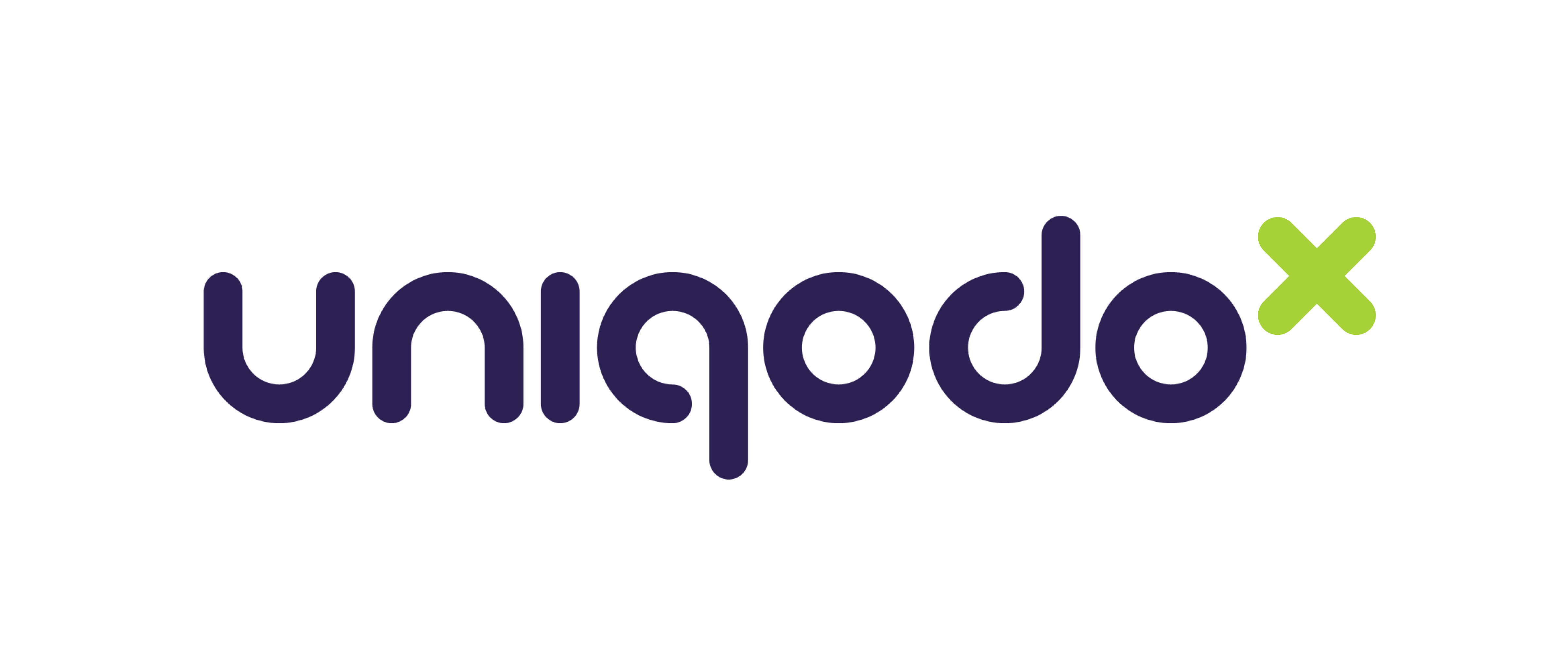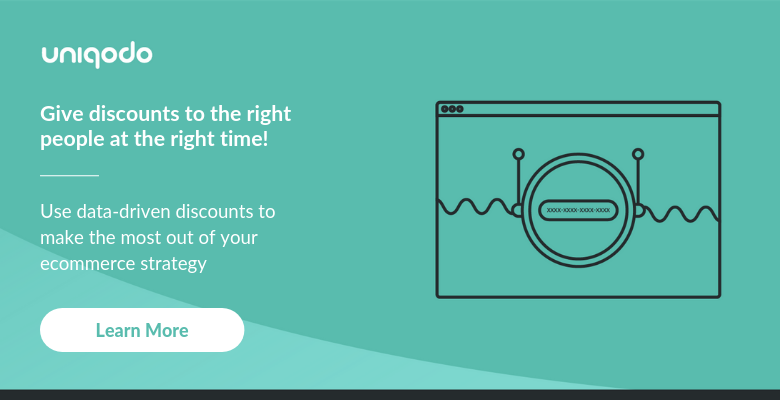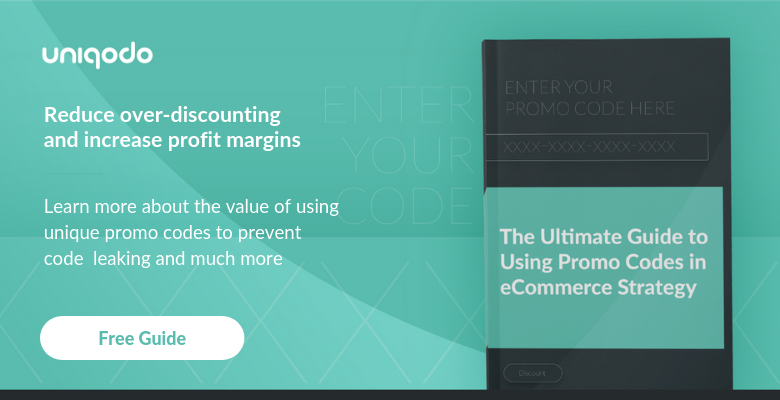Coupons should be a big part of your marketing strategy. For the travel industry, it’s doubly true. Tourists take time to plan their trips -- leaving them primed to look for promotions. The large purchase sizes and bundled purchases are almost guaranteed to inspire the bargain hunter in us all. 75% of all online shoppers report scouring their inboxes for a deal. Without a promo code strategy, you’re putting barriers between yourself and a sale.
Using coupons and promotions will let you stand out, connect with new customers and keep holiday goers coming back time and again. However, this is only true if you know what you are doing. The industry has progressed somewhat from the days of coupon books and ads in your local newspaper. To compete online, you need a coupon strategy built for the internet.
Here, we are going to detail the top six tips the travel industry needs to understand when it comes to coupon marketing. Get ready to learn the latest tricks of the trade and drive sales online.
1. Invest in the right tools for the job
Technology stands still for nobody. Not for businesses and not for their customers. And if you don’t keep up with the way your target audiences are using technology, you’re conceding the advantage to your competitors.
In the past 15 years alone, digital communication tools have grown much more sophisticated and ubiquitous. Today they deliver a whole host of channels that allow you to connect with your prospective and existing customers alike. As well as your own website, there’s travel comparison sites, discount and voucher sites, search engines, social media platforms and more.
Your target audience spends (on average) 1/7 of their waking hours online. The key to making yourself visible to them lies in knowing where they spend their time online and how to engage with them effectively.
Virality isn’t always a good thing
You may think that this is the perfect opportunity to start a viral coupon campaign, peppering social platforms and email inboxes with promotional discount codes. However, virality isn’t always a good thing.
Viral coupon campaigns can be vulnerable to misuse, and leave you with a greater loss of margin than you anticipated without the benefits you were banking on such as increased customer loyalty and brand interaction.
What’s more, setting up viral coupons involves way too many manual tasks which can come at the expense of your productivity. If you’re trying to provide loyal customers with a personalised experience (which you really should, as we’ll discuss later) it can become exceedingly difficult to keep up.
One and done
Fortunately, there is an effective solution. Invest in software that generates unique single-use promotional codes. These can only be used once by the intended recipient and are thus immune to manipulation and spamming.
The software that generates these codes will also help make it easier to get other basics right like appealing visuals, clear and effective messaging, effective campaign planning, and the personalisation that today’s consumers expect.
2. Think about outcomes first
Coupon marketing is all about giving the customer that all-important something extra. But it’s okay to think about your own needs too. In fact, it’s kind of essential.
Good results stem from clearly defined outcomes. You need to think about what you want and what your business needs, and design your coupon marketing campaigns accordingly. When it comes to leveraging coupon marketing, there are three main outcomes you can expect to achieve:
Increase brand awareness and gain new customers
There are a few fun ways to do this. Try listing vouchers on deal sites to get new customers. Encourage your loyal customers to share single-use promo codes among friends and colleagues. Or use influencer marketing to show prospective customers that the influencers whose opinions matter to them value your brand.
Upsell and motivate customers who are on the fence
If there’s one thing no brand wants, it’s shopping cart abandonment. Coupons can be used to leverage “scarcity marketing”. As we’ll discuss shortly, this can remind customers that the door may soon close on special offers. This will help you get those prospects off the fence and get them to convert with gusto!
Create brand loyalty and build value in your brand
Keep those customers coming back by giving them exclusive offers just for them. Give them a unique special offer on their birthday. Offer them an opportunity to click on an email link for a mystery discount. Provide them with personalised offers based on their previous destinations, tours or packages. Or gamify offers by encouraging customers to get special discounts by visiting certain destinations or choosing certain package deals.
3. Get creative with personalised messaging and A/B test
Discounts are great. But think long and hard about how and when you use them. If you hand them out like sweets, they can devalue your brand. Why would customers ever pay full price if your margins are such that you can afford to give out discounts to just anyone?
However, personalised messaging helps users to feel that they’re getting something which is just for them. A gift to thank them for their loyalty in a hyper-competitive market.
Today, travellers not only want but expect personalised offers based on their previous purchases and travel habits. This gives you an opportunity to make a personal connection with your customers. When you know where they travel, when they travel and for what reasons they travel, you’re well placed to deliver personalised discounts.
But don’t lay it on too thick in pre-empting their travel plans. You don’t want to scare them away.
From A to B
A/B testing allows you to try out concurrent discounts and promotions to see which ones resonate best with your target audience by tracking the results.
You can use two very different kinds of discounts, such as two-for-one deals combined with free premium upgrades and see which holidaymakers value more. You could offer special bundles by collaborating with partners. You can provide promotions based on other purchases made like discounted hotels or car rentals for customers who buy flights. We’ll talk more about building diverse partnerships later, but this can create terrific upselling opportunities.
It also lends itself well to gamification. With A/B testing, customers can potentially get different discounts every time, so you can see which discounts are used the most and what they are being used on. Gamification is also a great way to incentivise customer behaviour while also building value and personal connection with your brand.
4. Target shopping cart abandonment and experiment with scarcity marketing
As we discussed previously, shopping cart abandonment is a huge issue for many online businesses. In fact, in 2019 the global average cart abandonment rate is 75.6%.
The travel industry suffers from significantly higher cart abandonment rates, with almost 82% of purchases abandoned before completion. This is, to a certain extent, to be expected. Holidaymakers like to take their time and explore their options.
Still, scarcity marketing techniques can help those reluctant holidaymakers to hop off the fence and onto your trips!
Sporadic onsite offers
With the right digital tools, you can create sporadic offers that pop up on your website at intent-rich moments where users are dragging their feet. But these offers are ticking time bombs, and if users don’t click on them in time… they’re gone forever.
Limited time offers
Many shopping carts are abandoned in the travel industry because users assume that they can come back to them later. But if they think that the great price they see on the screen is likely to go up when they return to your website, they’re likely to be a lot more decisive about clicking the “Buy” button.
Diminishing discounts
Diminishing discounts will create a sense of urgency for customers — after all, everyone wants to get the best deal they can. With these discounts, you can offer a 20% discount to the first 10 people to click on your outbound email link. Then offer 10% to the next 10 people. And 5% to the next 10. You’ll find that holidaymakers are much less likely to let email offers with diminishing discounts get left behind in their inbox.
5. Use coupons to boost sales in slow periods
Seasonality is a real double-edged sword. It can lead to periods of incredibly high demand and robust profitability… And it can lead to worrying slumps.
Fortunately, by introducing customers to the right promos at the right time, you can overcome seasonal slumps. Promo codes are a great way to direct people to travel options that are underutilised during high periods.
This kind of dynamic pricing lends itself very well to the way the travel industry operates. Airlines, for instance, know the importance of ensuring that flights are full in order to maximise profits. Because consumers are used to seeing special offers used seasonally in this way, they will be predisposed to embracing your deals.
6. Tap into social media and influencers
Consumers trust social media influencers. It’s easy to see why. For all their impressive followings, they are consumers just like your customers. And consumers trust the word of other consumers way more than they trust brands. In fact, 40% of millennials say that their favourite YouTube personalities understand them better than their own friends.
Promos are a great way to get influencers on-side and create mutually beneficial partnerships. Influencers can get their own exclusive promos to make your brand appeal to their following and get an incentive from you for each sale that they generate.
Of course, the Uber model also demonstrates that some of the most powerful influencers are the ones in a prospect’s social circle. You can leverage promo codes to turn existing customers into influential brand advocates by giving them promo codes for friends and family members. Every time your customers introduce someone to your business by booking a flight or a hotel stay, both new and existing customers get a special discount.
You can really take advantage of these tactics by ensuring your brand’s online presence is established in order to more easily share these promotional codes. This makes it even easier to turn more of your customers into evangelists!
Coupons help build powerful partnerships
With the right planning, clear goals and careful investment in the right software, a coupon campaign can build powerful and lasting partnerships. Partnerships between your brand and hotels, airlines and rental companies that you team up with can bring your customers better value. Partnerships between your brand and the influencers your target market value can be beneficial to all parties involved.
And, of course, implementing these strategies will help strengthen the partnership between you and your customers as well. Leverage coupon marketing effectively and you can show them just how much you care!





Subscribe to the Blog